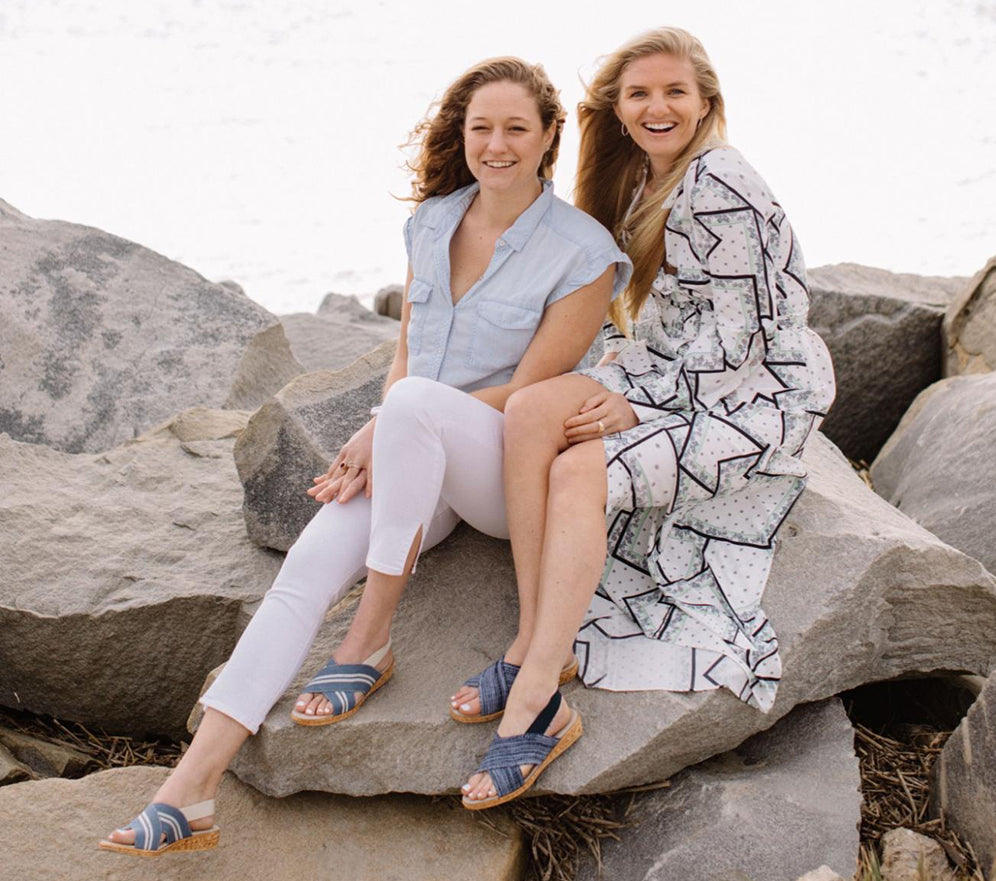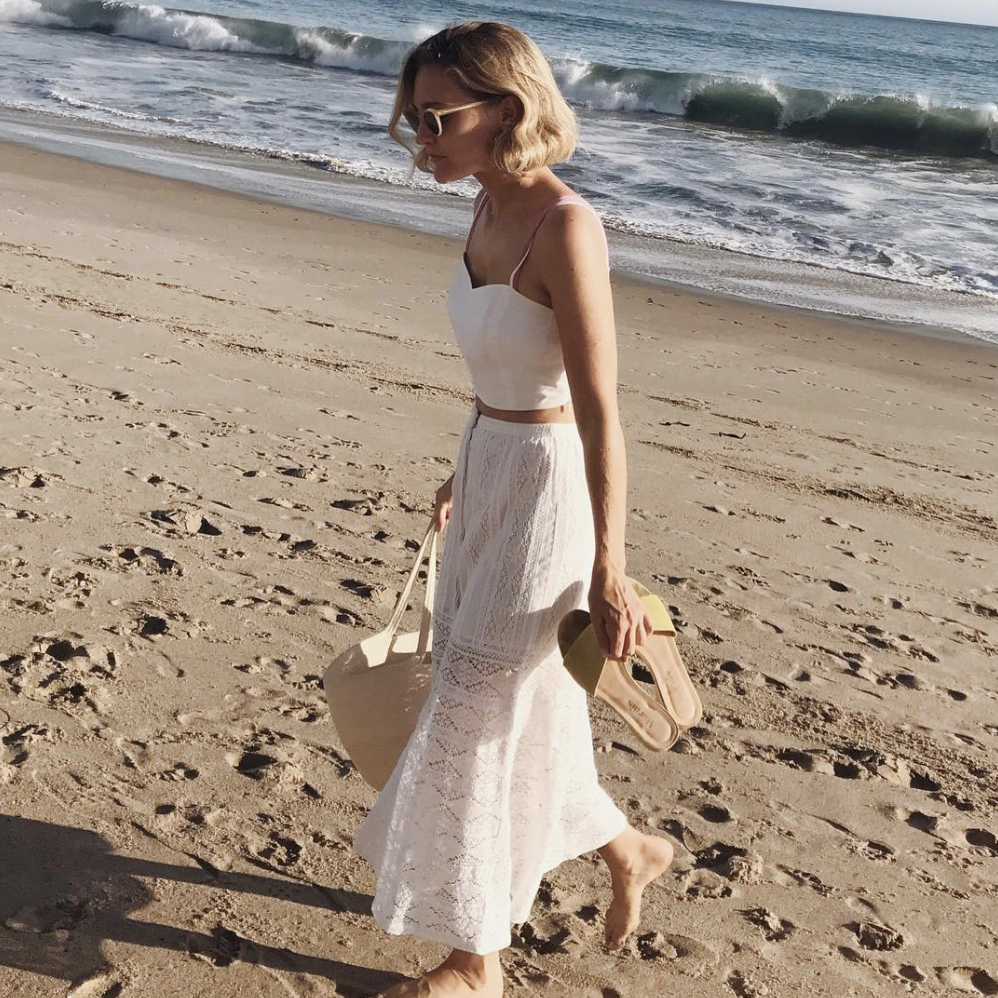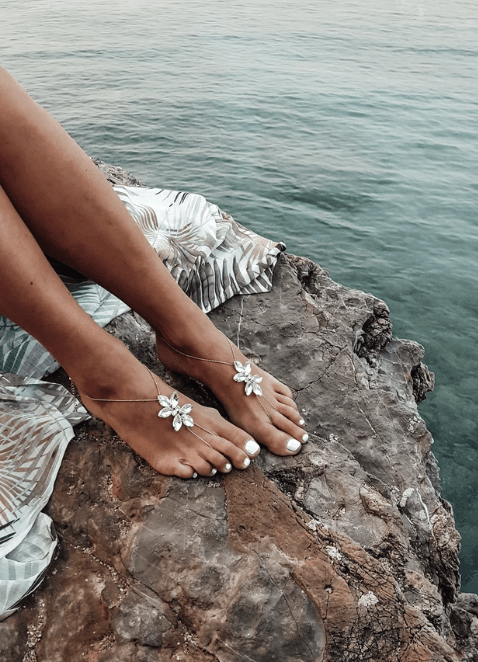Summer is here, and it’s time to hit the sandy shores! While you pack your sunscreen and beach towels, don’t forget about one crucial element: the right footwear. Choosing the best shoes to wear on the beach can greatly enhance your comfort and enjoyment during your seaside escapes. In this guide, we’ll explore different styles of beach shoes, their benefits, and some real-world experiences to help you make informed decisions.
Why Choosing the Right Beach Shoes Matters
Beach activities can range from lounging in the sun to engaging in water sports. Each requires specific types of footwear to ensure both comfort and safety. The right beach shoes protect your feet from hot sand, sharp shells, and slippery rocks. Furthermore, they can complement your beach attire, making you look stylish while enjoying your time by the water.
Key Features to Look for in Beach Footwear
- Water Resistance: Look for shoes made from water-friendly materials that dry quickly.
- Breathability: Shoes should allow air circulation to keep your feet cool.
- Comfort: Cushioned soles and ergonomic designs will enhance comfort for long periods of wear.
- Traction: Good grip is essential for walking on wet surfaces.
- Lightweight: Opt for lightweight materials that won’t weigh you down.
Types of Beach Shoes
Beach footwear comes in various styles, each suited for different activities. Let’s break down some of the most popular options.
Flip-Flops
Flip-flops are the quintessential beach footwear. They are light, easy to slip on, and budget-friendly. However, they offer minimal support and protection. While they are perfect for short walks, they might not be suitable for all-day wear.

Pros and Cons
| Pros | Cons |
|---|---|
| Easy to wear | Minimal arch support |
| Budget-friendly | Not suitable for long walks |
| Quick to dry | Limited foot protection |
Water Shoes
These shoes are designed specifically for wet conditions. They typically feature drainage holes and a snug fit, which means you can run into the water without worrying about them slipping off. Water shoes are a great option for beach activities that involve more than just lounging.

Pros and Cons
| Pros | Cons |
|---|---|
| Great traction | Less stylish than sandals |
| Comfortable for water activities | May not be breathable |
| Fast-drying materials | Can retain sand |
Sandal Styles
Stylish sandals can elevate your beach look while offering comfort. From sporty to chic, there are various designs available. Brands like Teva and Chaco are known for their durable and supportive sandals that are perfect for all-day wear.

Product Highlight: Teva Original Universal Sandals
Teva’s sandals are known for their resilience and comfort. With adjustable straps and a cushioned footbed, these sandals are ideal for both water activities and walking along the shore. Users rave about their support and stability.
Real-World Experiences with Beach Footwear
Case Study: Sarah’s Beach Day
Sarah, a beach enthusiast, experimented with various footwear during her summer trips last year. She started with traditional flip-flops, but quickly found them unsuitable for long walks. After several disappointing experiences, she switched to Teva sandals. Sarah noted, “The support changed everything! I could walk for hours without discomfort.” Switching to water shoes for her surfing lessons also proved beneficial. She recommended, “Always think about what activities you’ll be doing and choose your shoes accordingly.”

Case Study: Mike’s Family Trip
On a family trip to Florida, Mike opted for both flip-flops for casual beach days and water shoes for the family’s snorkeling adventure. He shared, “The flip-flops were perfect for lounging, but when we went into the water, the water shoes made all the difference. They allowed me to enjoy the experience without worrying about hurting my feet.” Mike emphasizes the importance of versatility when choosing beach footwear.
Comparison Table: Best Beach Shoes
| Footwear Type | Best For | Price Range | Comfort Level |
|---|---|---|---|
| Flip-Flops | Lounging | $10 – $30 | Low |
| Water Shoes | Water Activities | $20 – $60 | Medium |
| Sport Sandals | Walking & Hiking | $30 – $100 | High |

Tips for Choosing the Right Beach Shoes
Here are some practical tips that will help you select the ideal beach footwear:
1. Know Your Activities
Your beach activities should largely dictate your choice of footwear. For swimming or surfing, opt for water shoes, while if you plan on walking along the shore, consider support sandals.
2. Consider the Climate
The climate can also impact your choice of beach shoes. If it’s a particularly hot day, ensure your shoes have good breathability and can dry quickly.

3. Test for Comfort
Before heading to the beach, test your shoes. Walk around the house to ensure they fit comfortably and don’t cause blisters.
Frequently Asked Questions (FAQs)
1. Can I wear running shoes to the beach?
While running shoes offer great support, they are not designed for wet environments. It’s better to stick with water shoes or sandals that can handle moist conditions.

2. How do I clean my beach shoes?
Most beach shoes can be rinsed with fresh water to remove sand and salt. For deeper cleaning, check the manufacturer’s instructions. Some might be machine washable, while others require hand cleaning.
3. Are flip-flops bad for your feet?
While flip-flops are convenient, they lack support and can contribute to foot pain if worn for prolonged periods. Consider sandals with arch support for longer walks.

4. What materials are best for water shoes?
Look for materials like neoprene or mesh, which are lightweight, breathable, and quick-dry. This ensures comfort and efficiency during water activities.
5. How should beach shoes fit?
Beach shoes should fit snugly but not restrict blood flow. Make sure you can move your toes freely, and check that there is no excessive slipping at the heel.
6. Can I wear sandals while playing beach volleyball?
It’s not advisable to wear sandals for beach volleyball as they can slip off and don’t provide the needed traction. Instead, either play barefoot or use specially designed sand socks.
7. What should I avoid when selecting beach shoes?
Avoid heavy shoes that retain water, shoes without adequate grip for slippery surfaces, and those that lack breathability as they can lead to discomfort.
8. Can children wear flip-flops at the beach?
While flip-flops are convenient for kids, they may not provide the best support. Consider lightweight sandals with proper straps and cushioning for better foot protection.
9. What’s the best way to store beach shoes?
It’s best to store beach shoes in a cool, dry place away from direct sunlight to prevent damage. If possible, keep them in a mesh bag to allow airflow.
Conclusion
Finding the perfect shoes to wear on the beach is essential for a comfortable and enjoyable experience. Whether you prefer flip-flops, water shoes, or sporty sandals, knowing your activities and conditions will help guide your choice. Remember to prioritize comfort and functionality while also considering aesthetic preferences. Happy beaching!